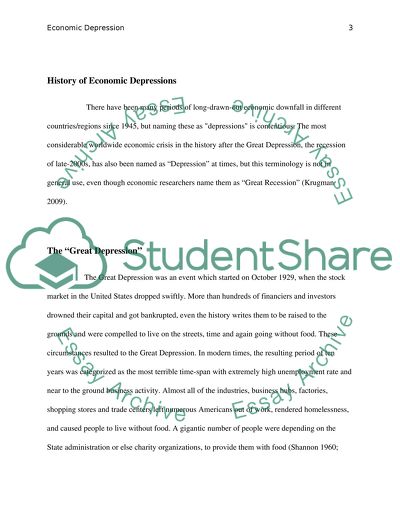Cite this document
(“Economyc Depression Research Paper Example | Topics and Well Written Essays - 2250 words”, n.d.)
Retrieved de https://studentshare.org/history/1390899-economyc-depression
Retrieved de https://studentshare.org/history/1390899-economyc-depression
(Economyc Depression Research Paper Example | Topics and Well Written Essays - 2250 Words)
https://studentshare.org/history/1390899-economyc-depression.
https://studentshare.org/history/1390899-economyc-depression.
“Economyc Depression Research Paper Example | Topics and Well Written Essays - 2250 Words”, n.d. https://studentshare.org/history/1390899-economyc-depression.


